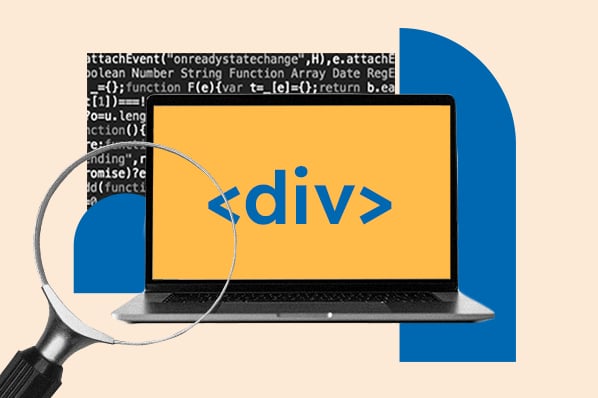Overview of CSS Aspect Ratio
So, what exactly is this all about? In layman’s terms, the aspect ratio is simply the proportion between the width and the height of an element. Think of it like the shape of your TV screen or smartphone display. These proportions ensure that content is displayed in a way that is both aesthetically pleasing and functionally sound, no matter the device it’s viewed on.
Now, let’s get down to the nitty-gritty - the syntax. In the CSS world, we use the ‘aspect-ratio’ property. Here’s a basic glimpse:
Here, the ‘selector’ is the HTML element you’re looking to style. The ‘width’ and ‘height’ are numerical values that determine the proportion between the width and height of that element.
For example:
In this scenario, for every 16 units of width, there are 9 units of height, creating a widescreen aspect ratio that’s common in video and film. It ensures that the content within this div maintains these proportions, no matter the size of the screen it’s viewed on.
I've personally discovered a world of flexibility with this property. It’s not just about making content fit right; it’s about crafting visually balanced, responsive designs that adapt and respond to a variety of screens with grace.
How to Use CSS Aspect Ratios
Navigating through my web design journey, there have been distinct moments where the utilization of CSS aspect ratio has not just been a technical choice, but a creative necessity. Let me walk you through three scenarios where this remarkable tool has seamlessly blended into the art of my designs.
1. Responsive Image Galleries
In one of my projects, I had to create a responsive image gallery that maintained its structure and appeal across various screen sizes. The CSS aspect ratio was my go-to solution. It allowed each image to resize gracefully, ensuring visual consistency.
What it looks like in code:
In this example, every image maintains a 4:3 aspect ratio, ensuring it looks good on both desktop and mobile views.
2. Video Embeds
Embedding videos while ensuring they are responsive can be a tricky affair. In a client’s website, CSS aspect ratio came to the rescue, making the embedded videos adaptable to different screen widths without losing their proportions.
Here’s the code:
With the 16:9 aspect ratio, the videos retain their widescreen format across devices, enhancing the user experience.
3. Form Elements
Form elements can be quite a handful when it comes to responsive design. I recall a project where different input fields were needed to maintain a consistent appearance across various devices. The CSS aspect ratio was the hero of the day.
Coding example:
This code ensures that the text input fields maintain a wider, rectangular shape, irrespective of the device’s screen size.
Each application of CSS aspect ratio has underscored its versatility and indispensability in my toolkit. With every line of code, it’s like weaving a thread that binds the visual appeal and functional integrity of web elements. The journey from ambiguity to clarity, from static to responsive, has been marked by the elegant application of CSS aspect ratios, a testimony to its transformative impact in the world of web design.
CSS Aspect Ratios Unleashed
I used to view web design as a puzzle, each piece fitting into the other, forming a complete, static picture. But with the advent of CSS aspect ratio in my toolkit, every webpage is now a living canvas. It breathes, adapts, and morphs, offering each visitor a personalized experience. Whether it's tailoring an image gallery, embedding a video, or styling form elements, the aspect ratio has proven to be the silent, powerful force driving visual and functional harmony.
The technicalities, the codes, the syntax - they’re all parts of a larger narrative. A narrative where creativity is uninhibited, and responsiveness is not just an attribute but a standard. I invite you to delve into the world of CSS aspect ratios, where every line of code penned is a step towards a web space that’s as dynamic as it is beautiful, as intuitive as it is innovative.





![How to Create Scrolling Text With CSS [+ Code Examples]](https://53.fs1.hubspotusercontent-na1.net/hubfs/53/Google%20Drive%20Integration/scrolling%20text%20css.jpeg)





